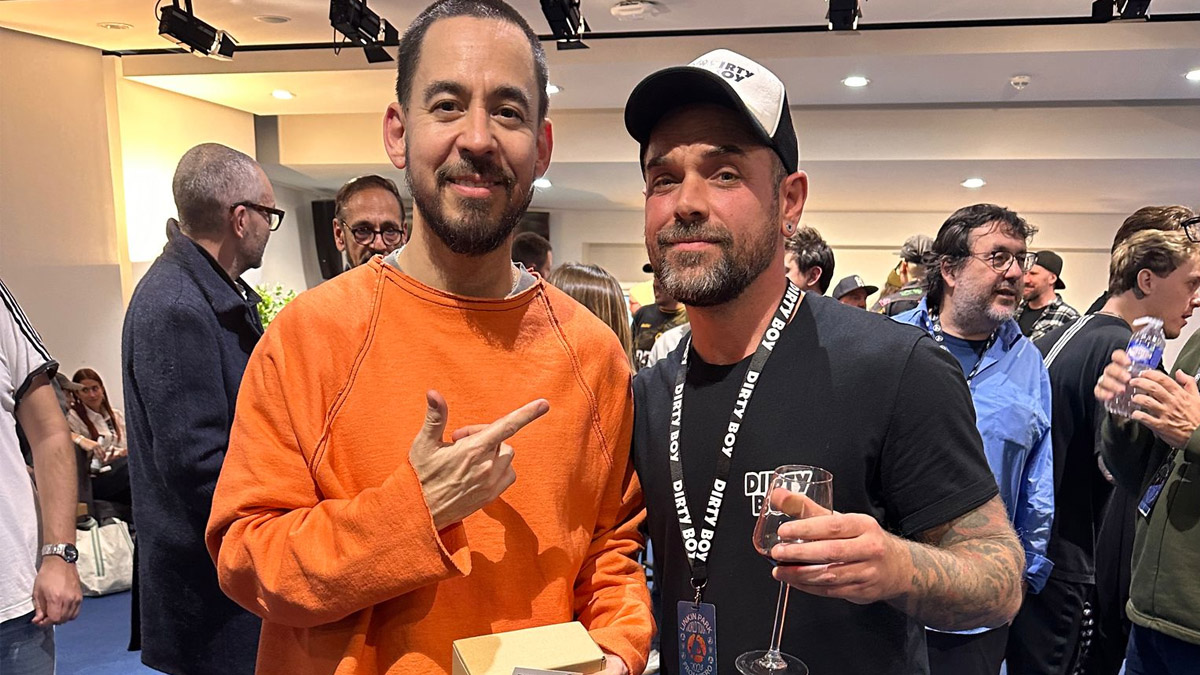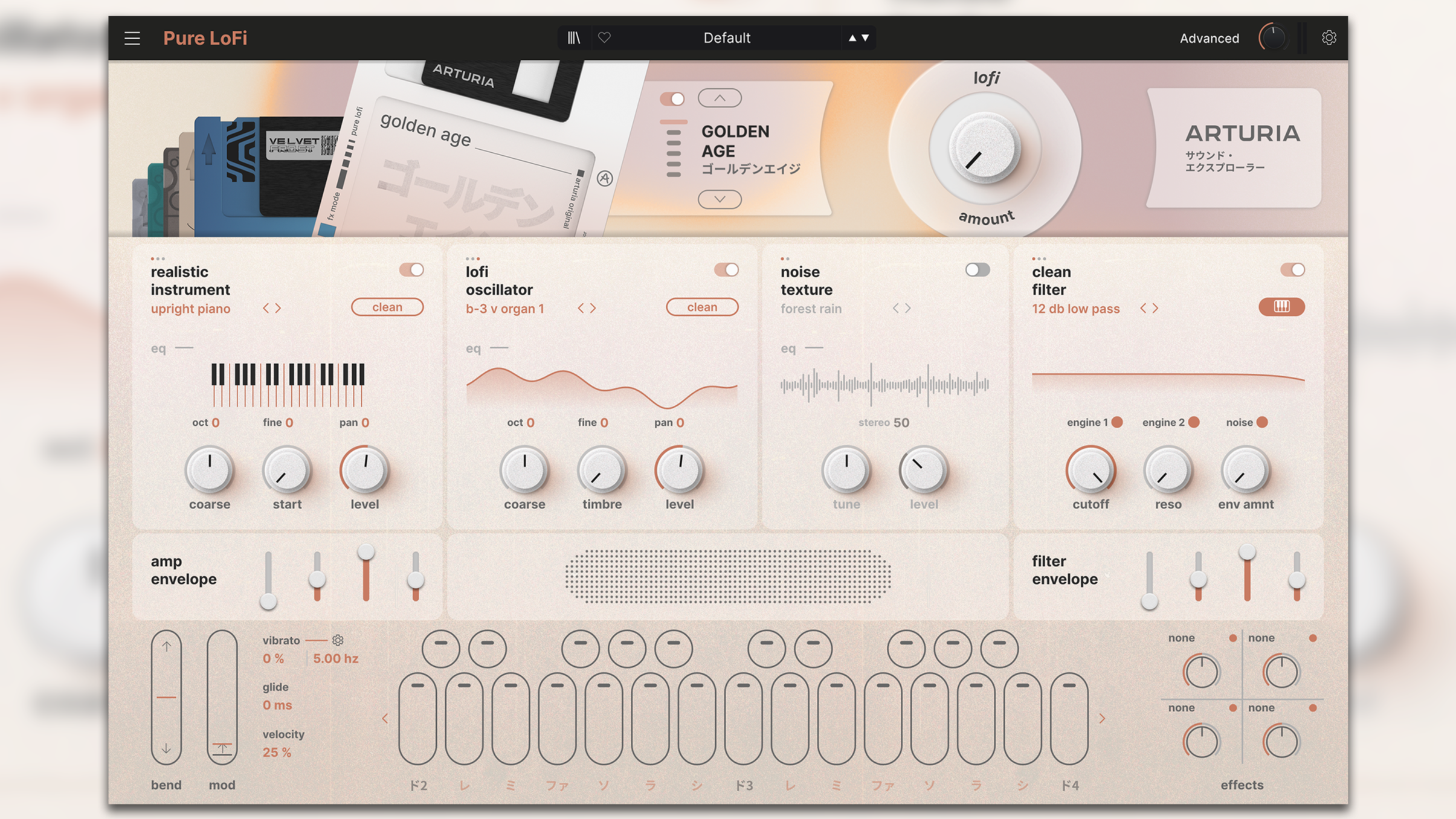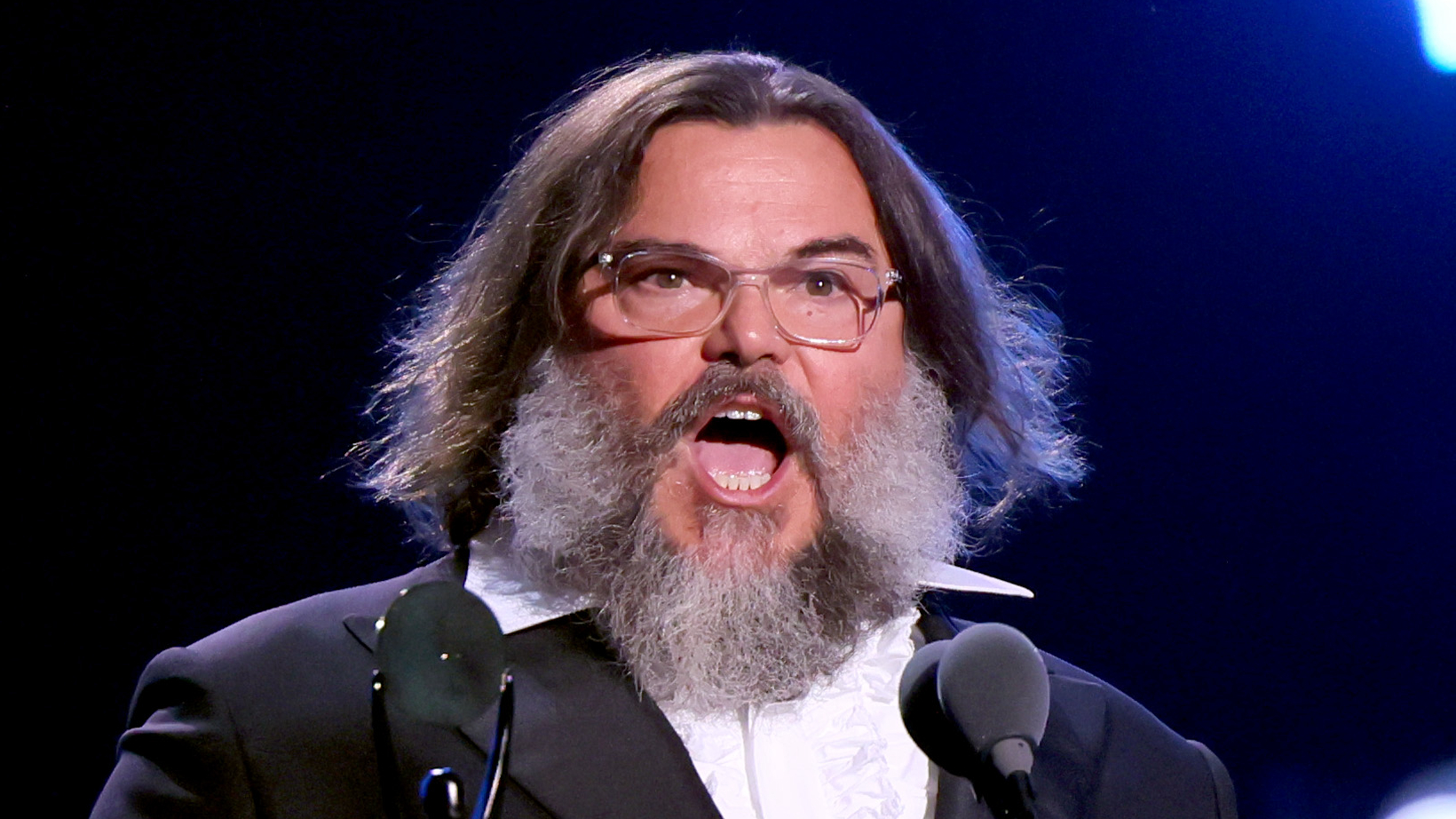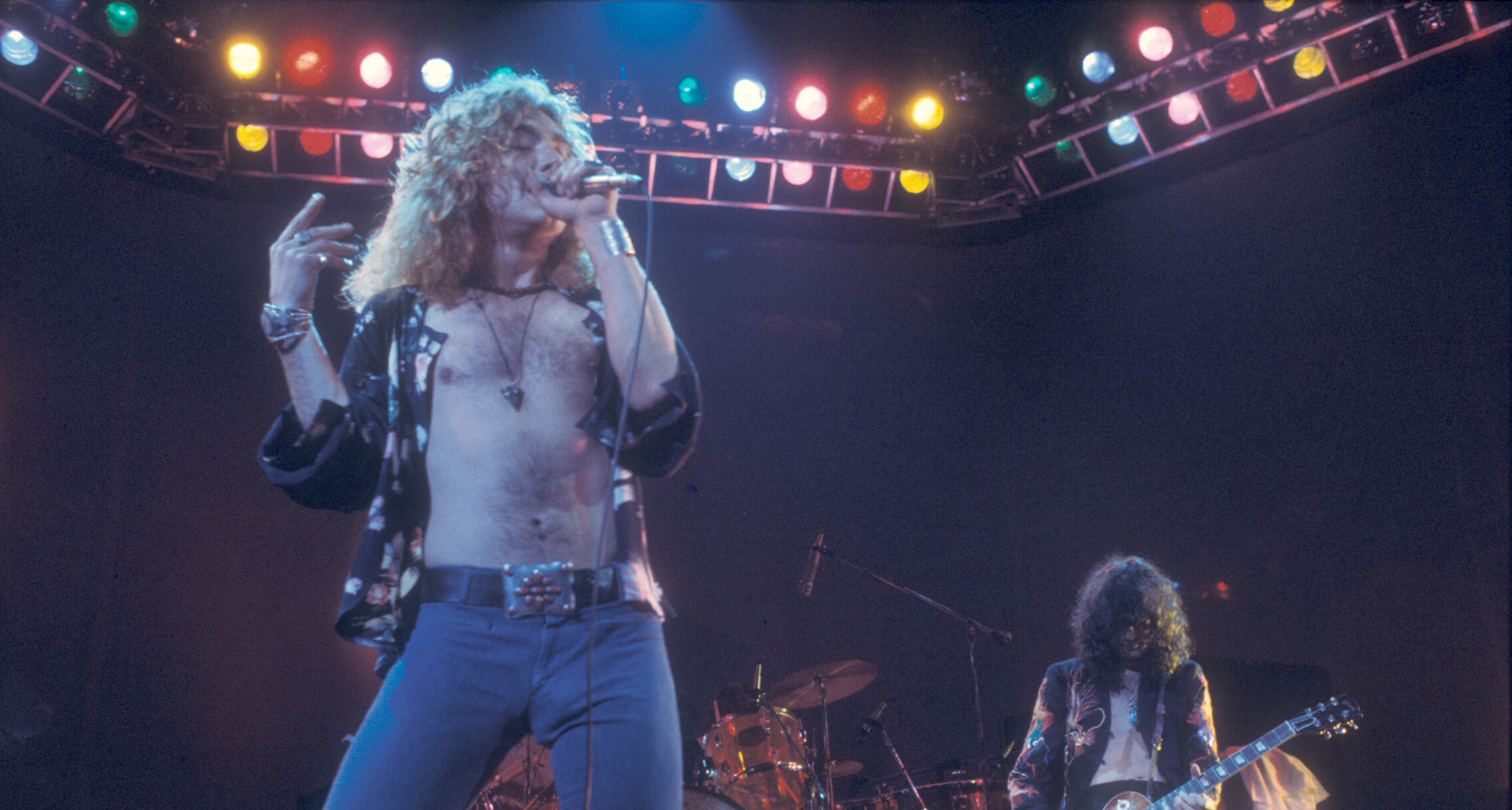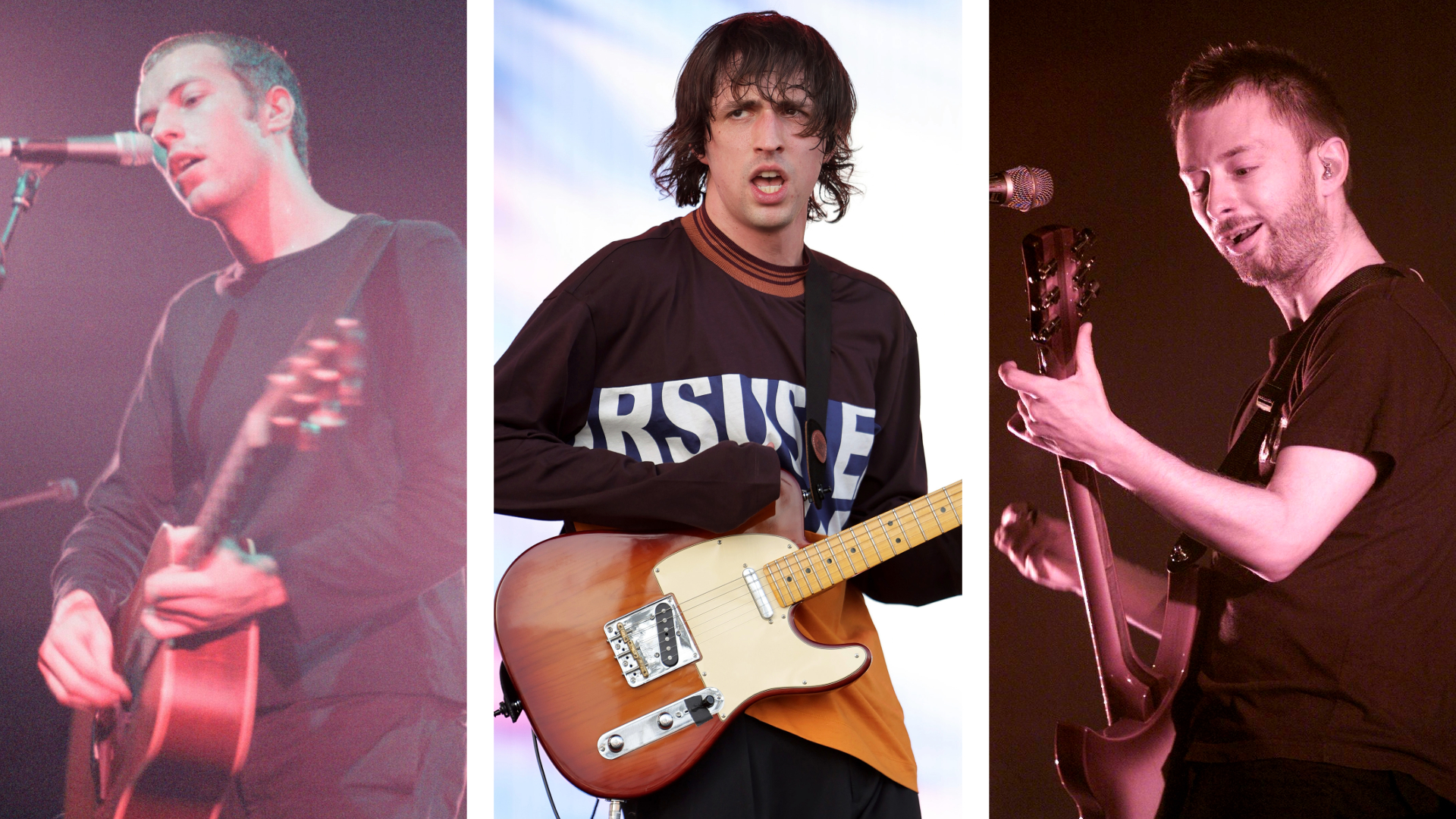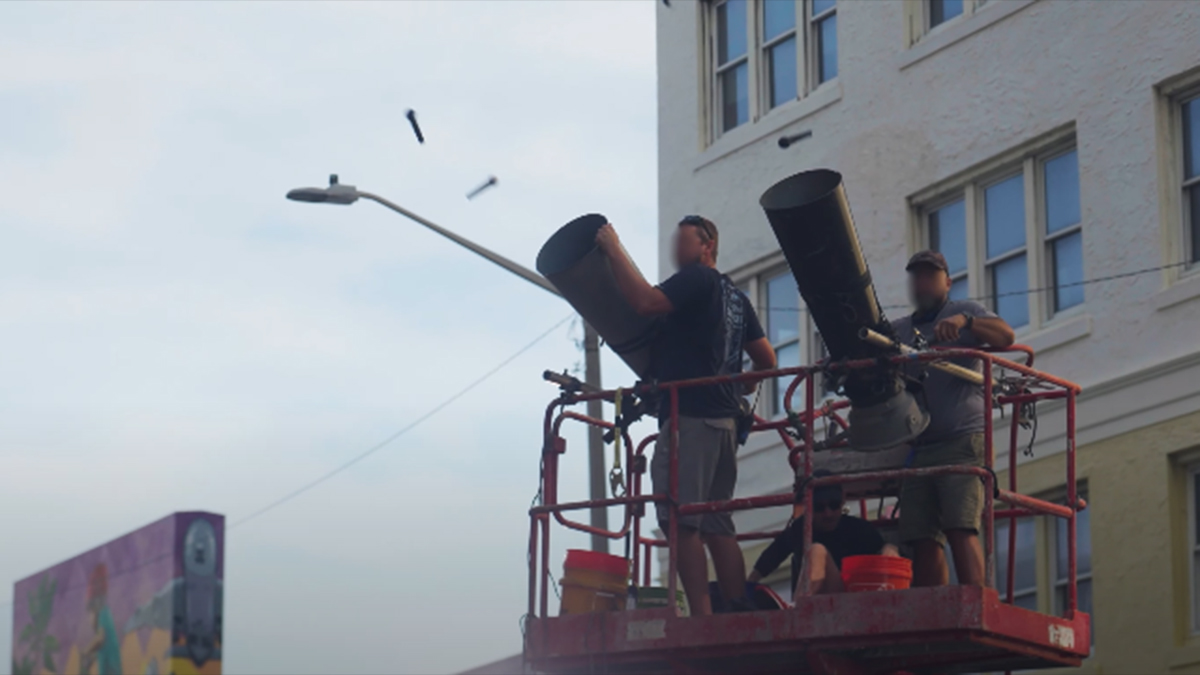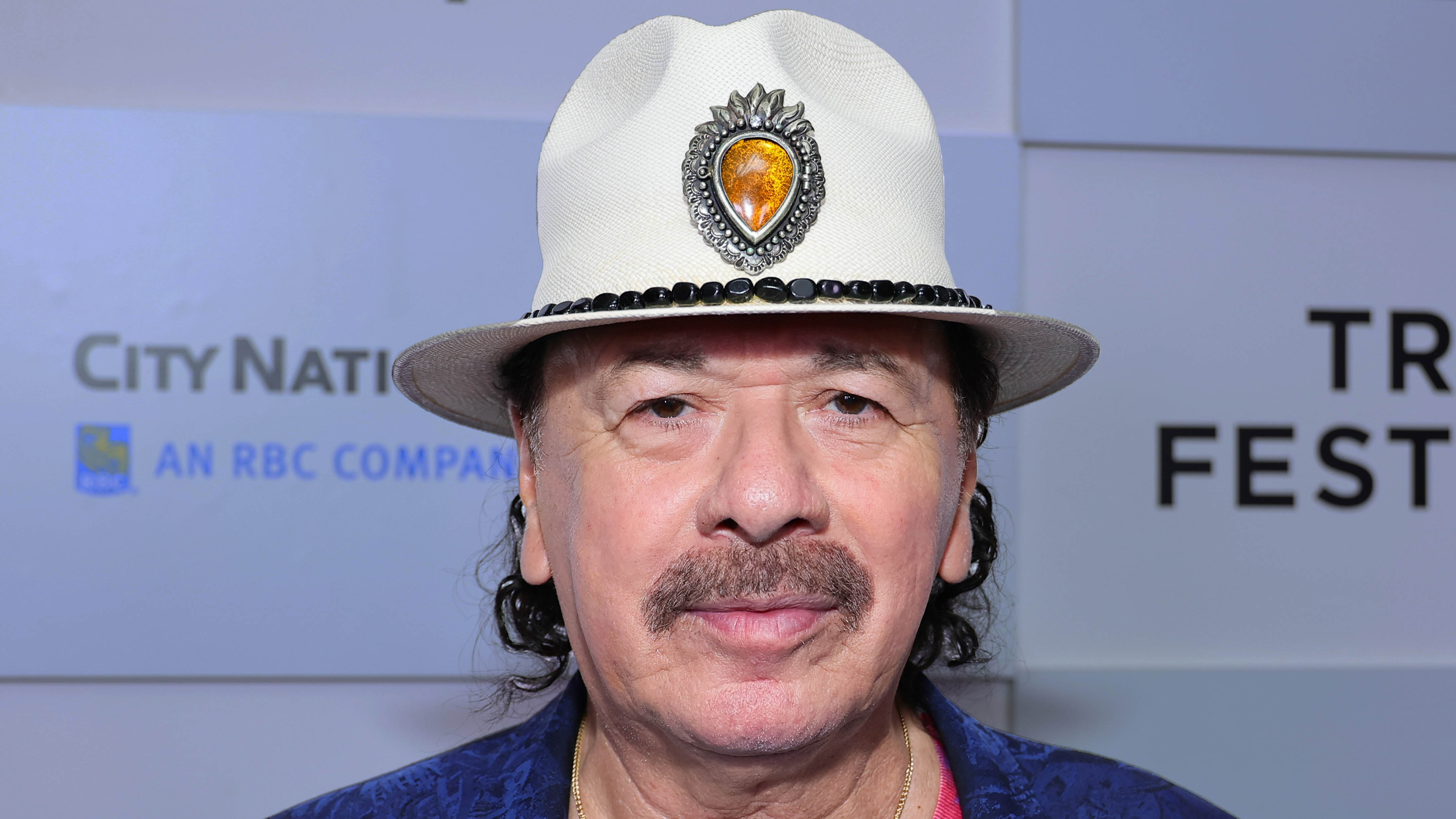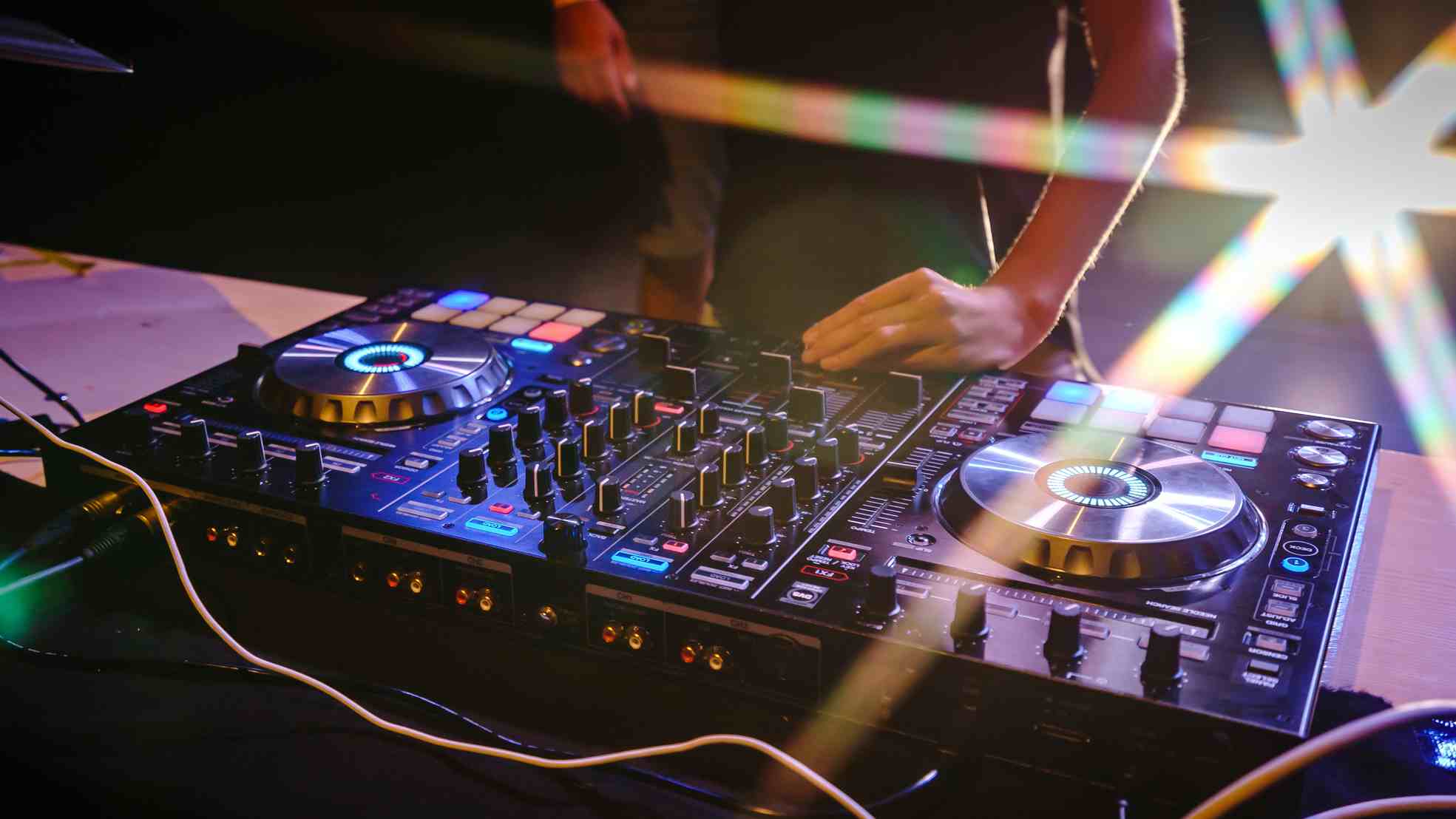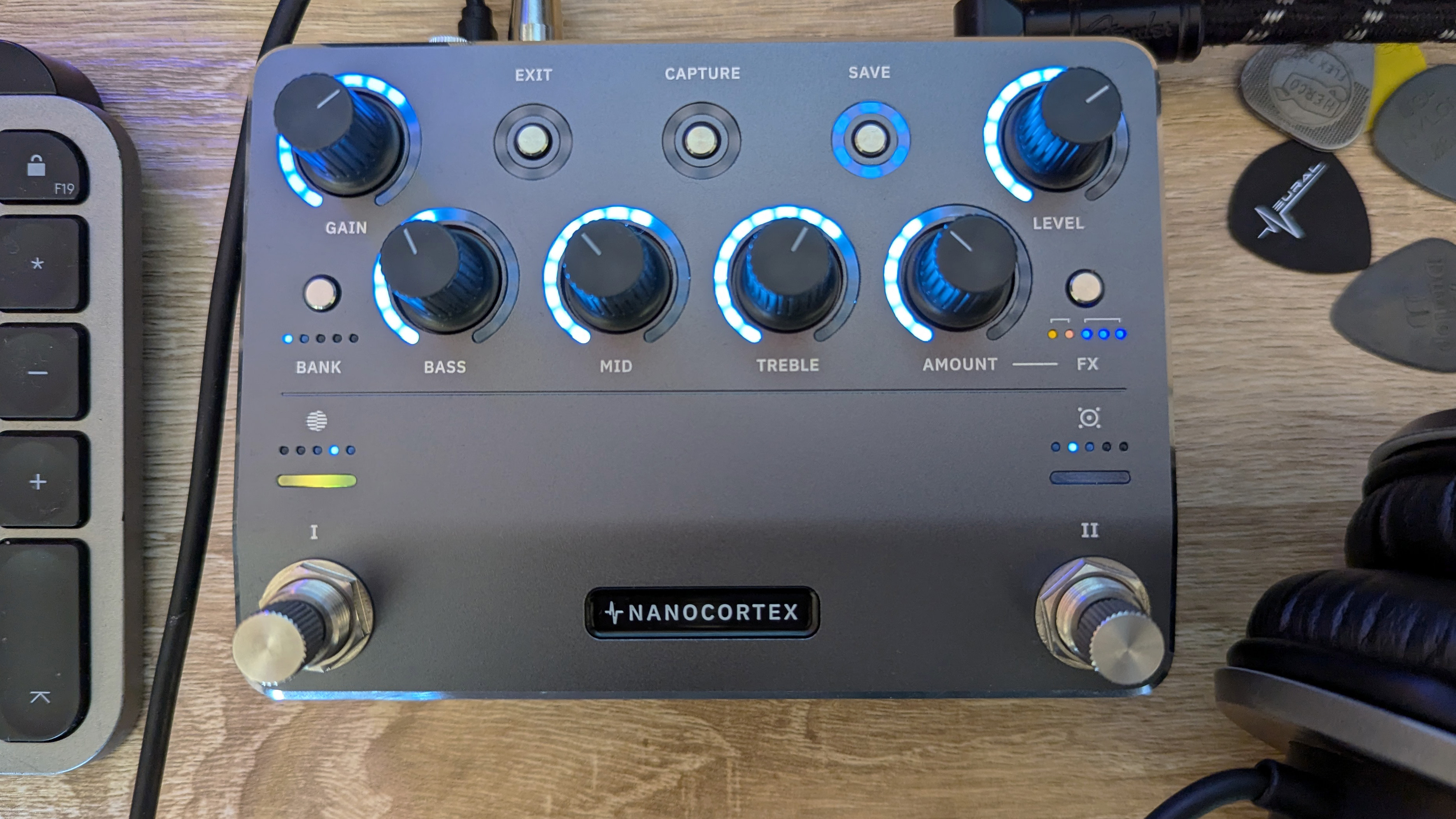In pictures: Caravan Palace's Paris studio
The gear behind Caravan Palace's bizarre explosion of jazz manouche and hedonistic electro house
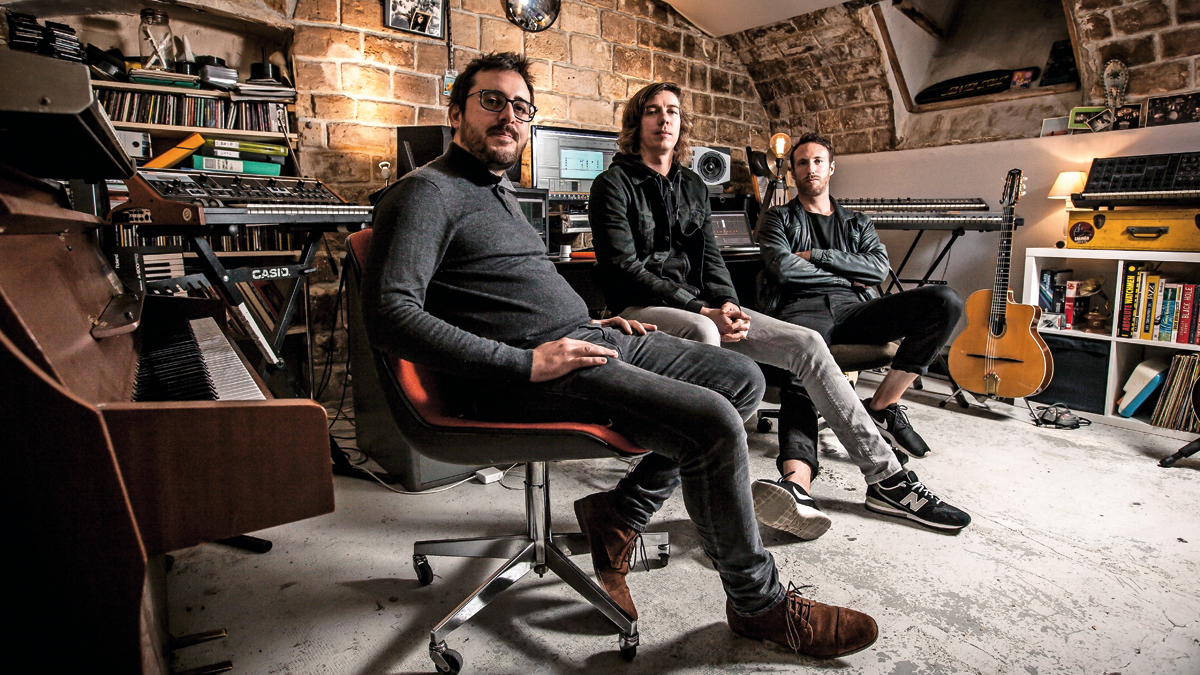
Welcome
With influences including Django Reinhardt and modern electro house acts such as Vitalic and Daft Punk, Caravan Palace first found popularity touring their French homeland as a traditional Jazz band.
Initially a three-piece, the collective grew and, with the addition of vocalist Zoé Colotis and a copy of Cubase, mutated into an electro swing outfit merging hip-hop synth jazz with a modern electronic aesthetic. Band members Arnaud Vial, Charles Delaporte and Hugues Payen do their best to explain Caravan Palace’s vividly expressive concoction of the past, present and, maybe, future.
We joined them in their subterranean Paris studio for a look at all the gear that has shaped their sound...
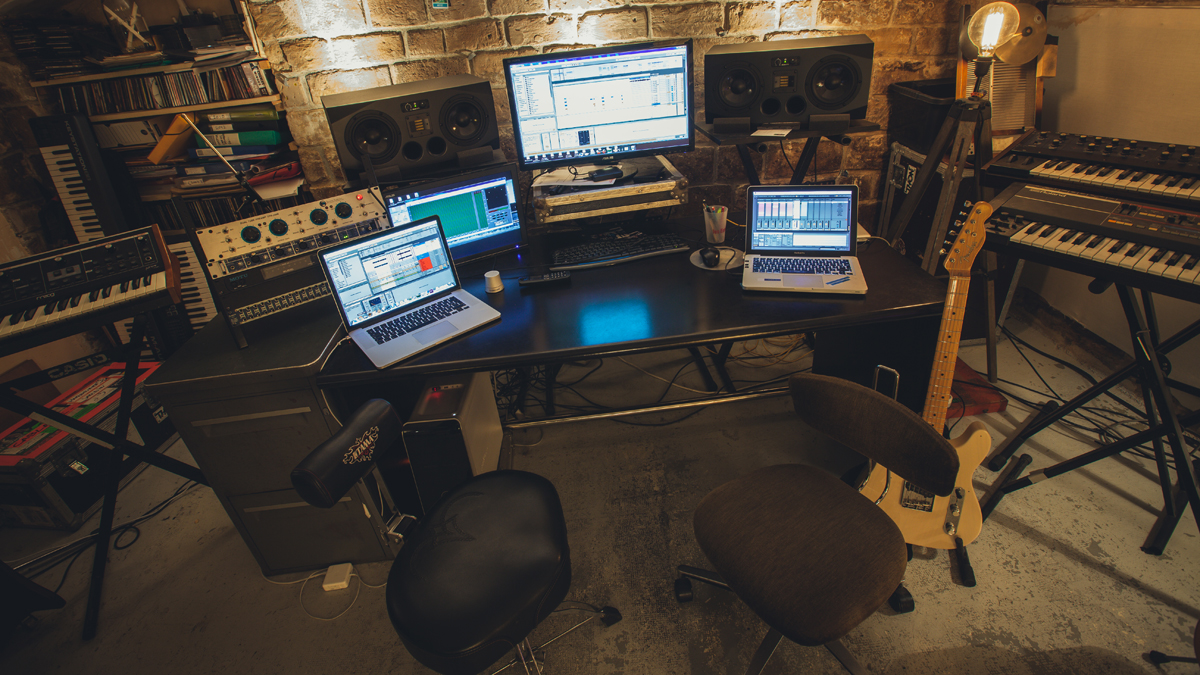
In the early days
AV: “We used Cubase with a PC and a guitar and double bass. We did not have much money, so it was a very simple set-up. At the time we were doing some trip hop music on the side, so although we were young we at least had a little bit of experience in production.”
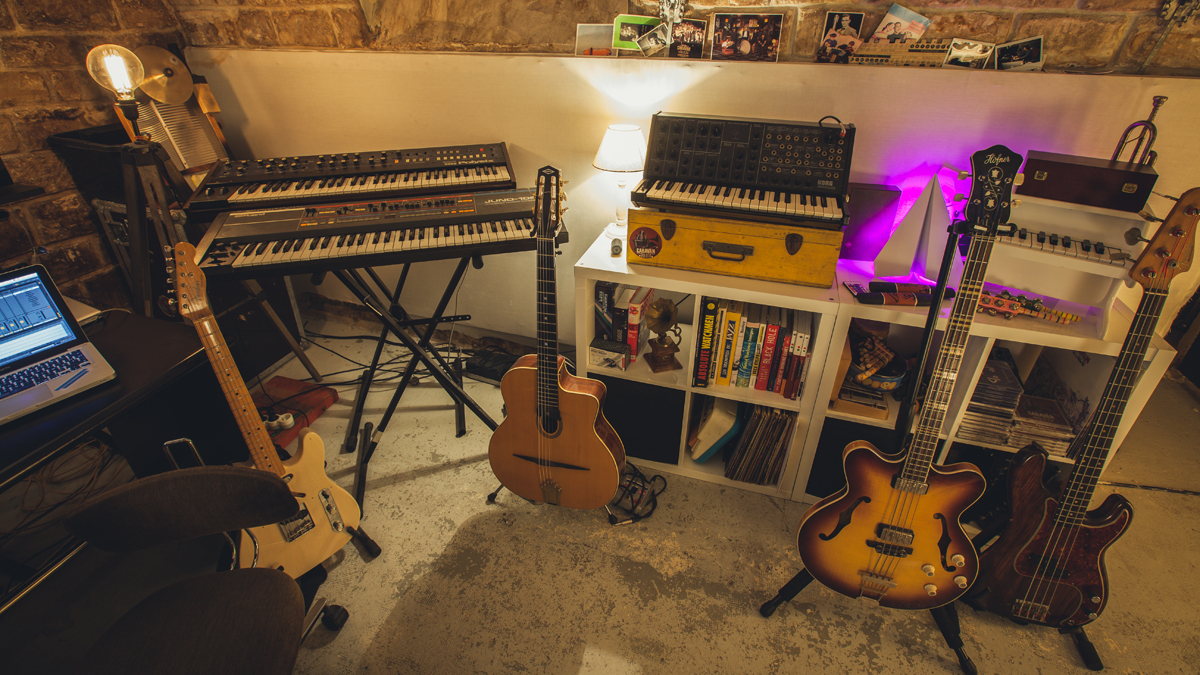
Star guitars
AV: “In the beginning we tried to adopt a house style and, for example, we would want to use hi-hats but they would be at a completely different counter time to the guitar rhythms or other acoustic formations, so the two were always conflicting.”
CD: “But we’ve been in a big studio in Paris working with a famous mixer, and he found a good way to pan the guitar on the other side with the hi-hats in the centre. We didn’t like it at first, but over time we felt that it was better that way because at least we could hear everything.”
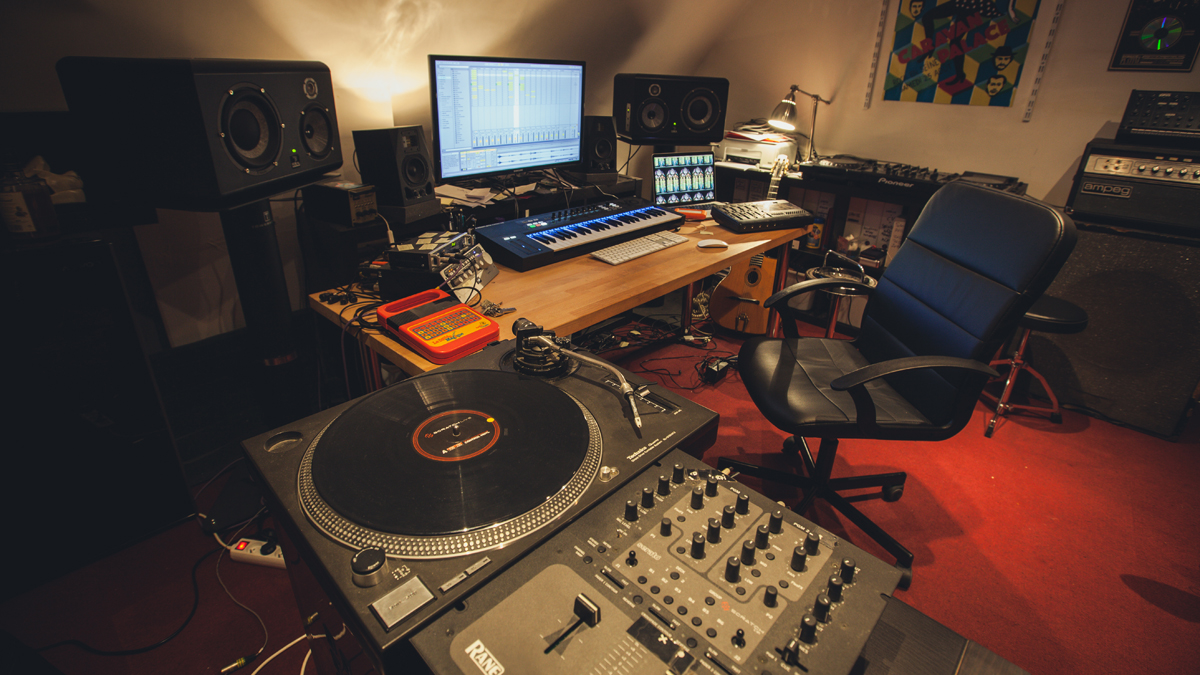
Sample magic
AV: “It was difficult at first trying to make the music sound good with crap samples, mainly taken from very old records. At first we were using old 78s and vinyl, but more lately we’ve been using samples from YouTube or Spotify – less sexy, but still very effective. We sample ourselves too, so when we do a demo we are recording all together in the studio. That way you also get the sound and the spirit of the music and better-quality samples.”
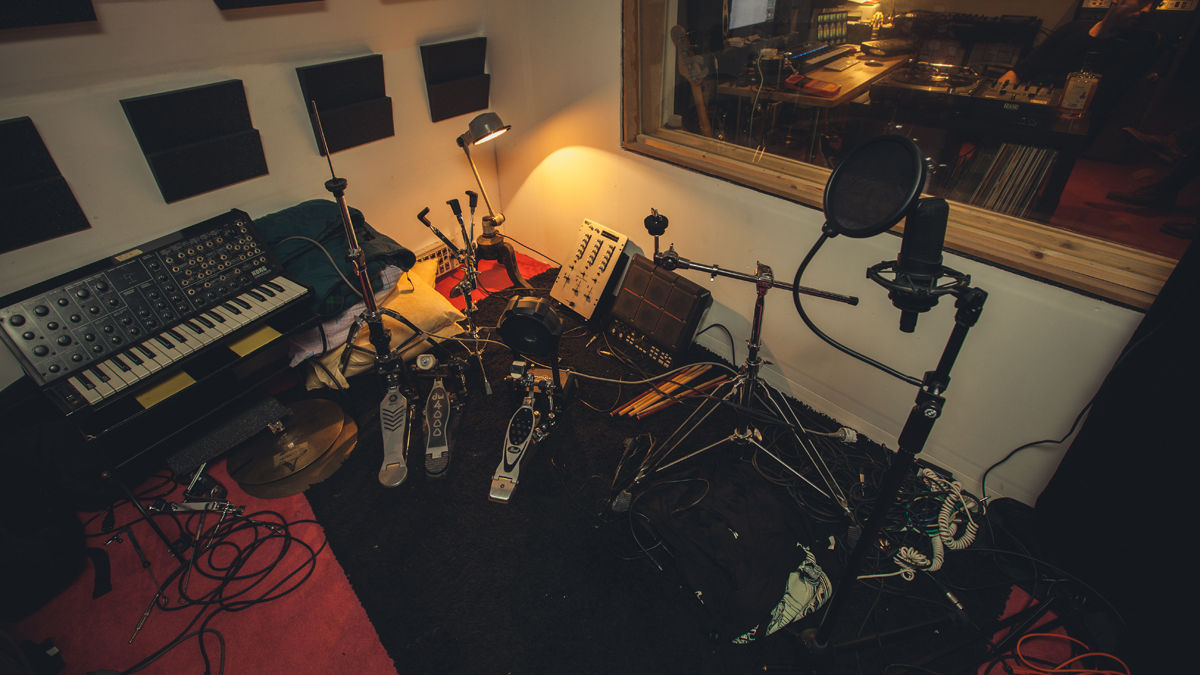
Recording vocals
AV: “We are using Ableton Live now. We send each other sketches of a track or sessions and one of us will add a bridge or a melody, then we’ll all get together, usually at Charles’ studio in the centre of Paris. That’s the main meeting point where all the tracks are arranged and finished.”
CD: “Everyone brings their synthesizers and guitars there. I have both Ableton and Cubase and a good Summit preamp with big buttons; very nice. We use also the Neve 1073LB classic preamp and record mainly with Neumann U87 microphones, which are good for recording guitar and piano through. On one track we used a little Audio-Technica AT4050 mic for vocals; it’s not amazing but it worked very well with Zoé’s voice.”
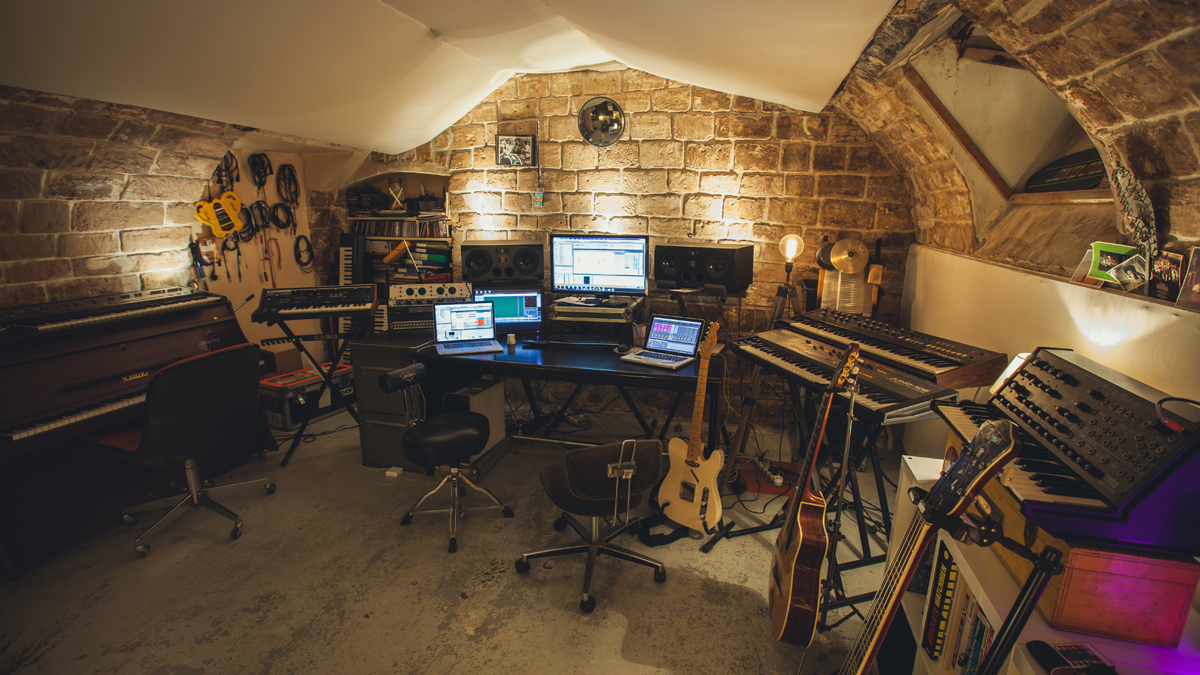
The beauty of hardware
HP: “When you use a computer it’s very easy to pass the imaginative step – to only imagine the sounds that you want – but by pressing buttons and filters you are able to modulate sounds, and I think you can get much closer to what you want.”
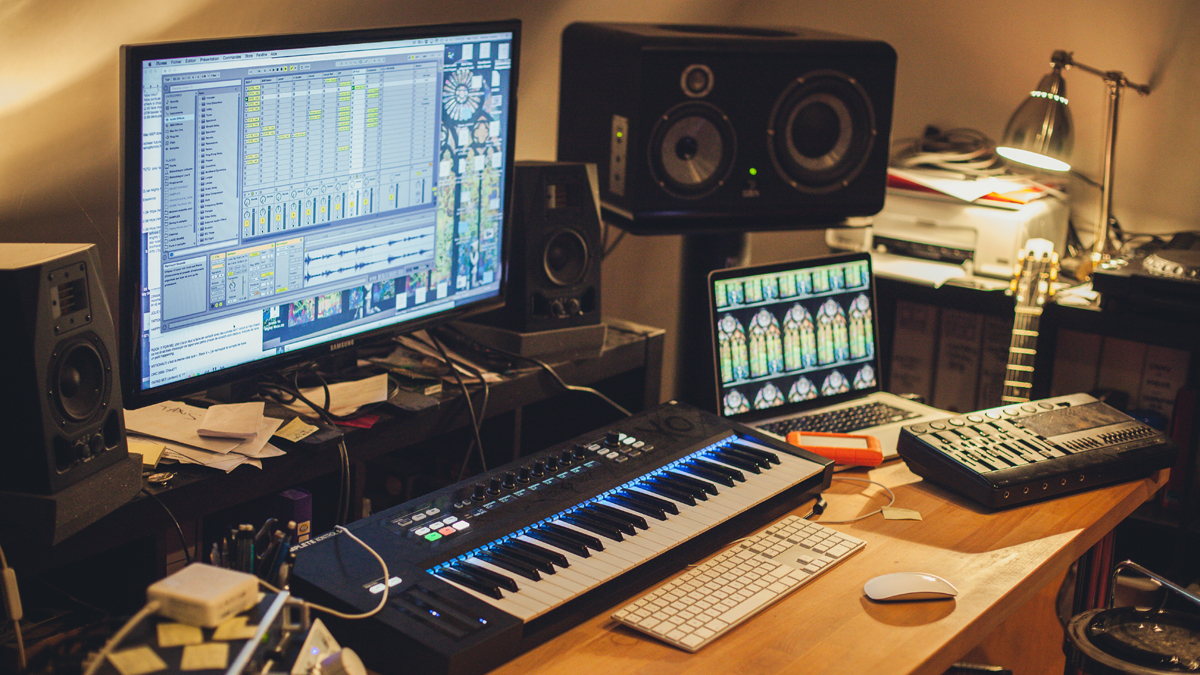
Softsynths of choice
AV: “Sylenth is a good one. I like the fact there are four oscillators and you can pan them, and it’s easy to use too. We like to use Massive from Native Instruments; it’s more complicated but you can do very weird stuff with it. Another synth we used a lot was the Rob Papen; it has a lot of good bass presets – we always find one that fits.”
HP: “The Arturia suite is great; they do a lot of very good natural synthesizers, especially modular, like the ARP 2600. The Roland Jupiter-8 is a very good emulation, and even their Minimoog V is not bad.”
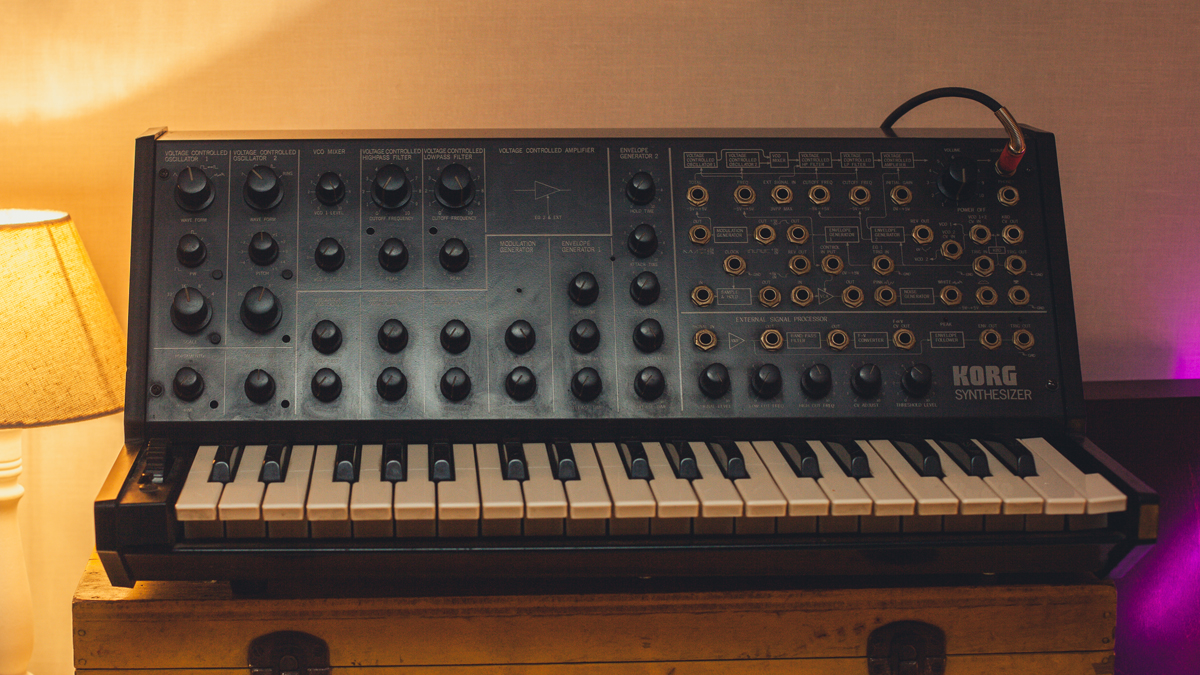
Korg MS-20
CD: “I have a Korg MS-20, which I got about seven years ago. I love it – it sounds very dirty. You can’t put the MS-20 on every track because it has a very distinguishable sound.”
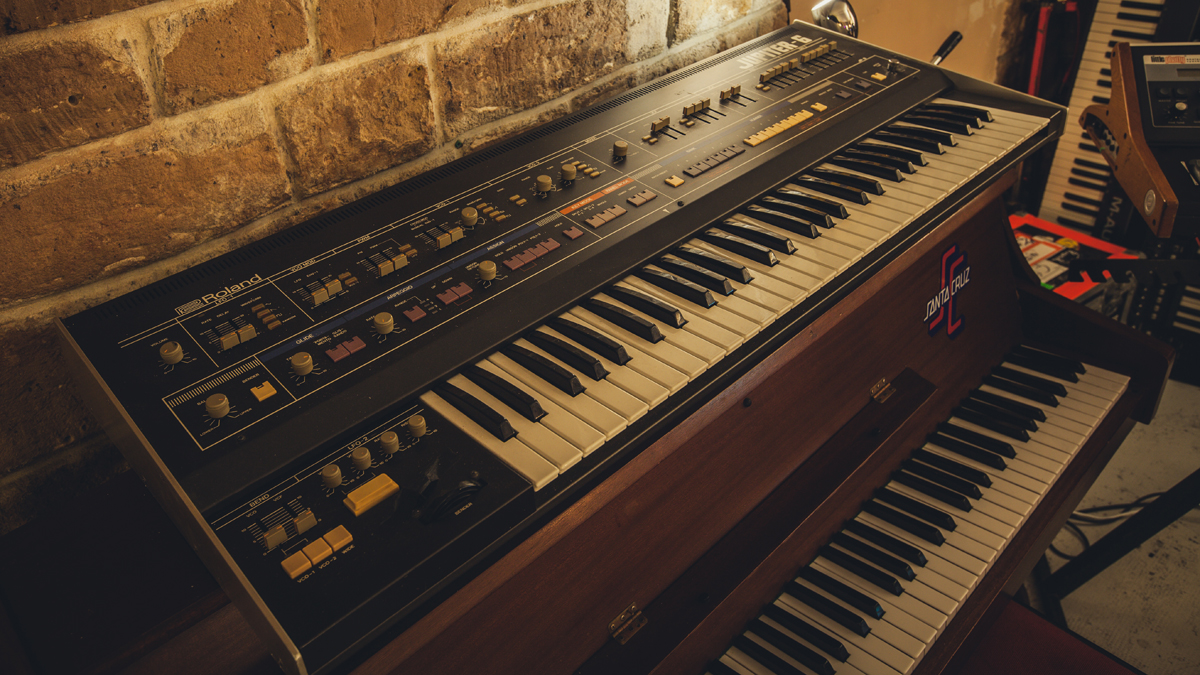
Roland Jupiter-6
CD: “I also have a Roland Jupiter-6, which is very powerful – you can do great chords with it and many other things, especially with the arpeggiator.”
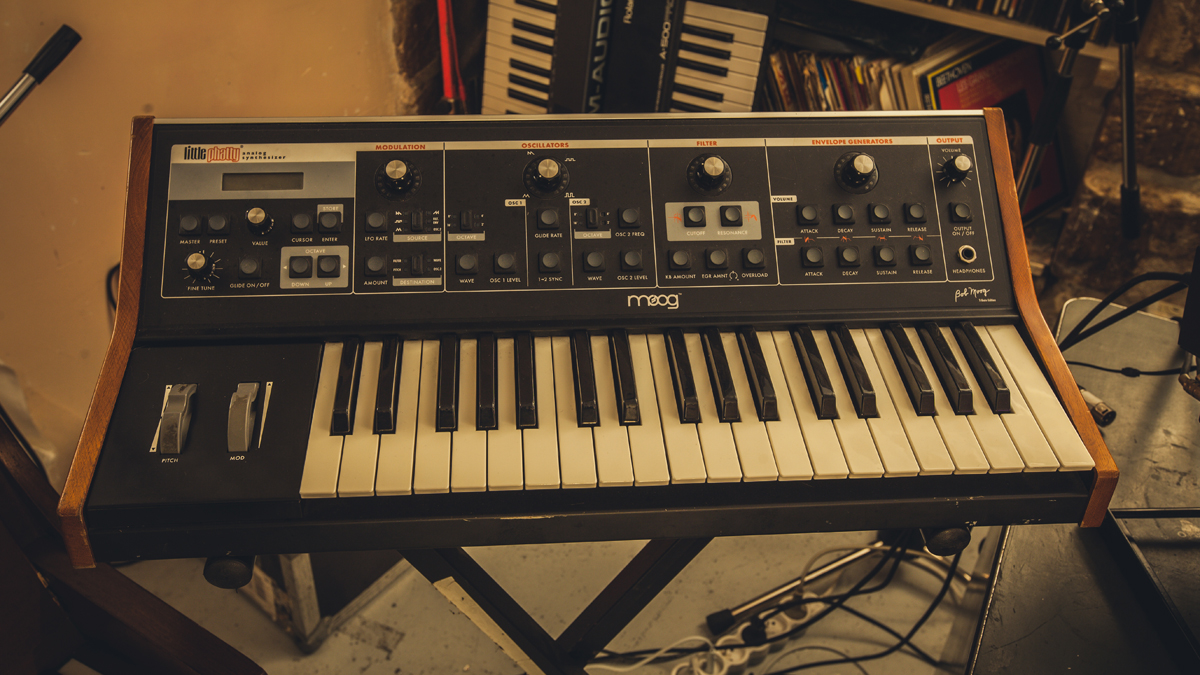
Moog Little Phatty
CD: “I have a Little Phatty Moog too and we use Nexus virtual synth plug-ins so we can put a lot of reverb and delay on the presets to make plain samples sound powerful.”
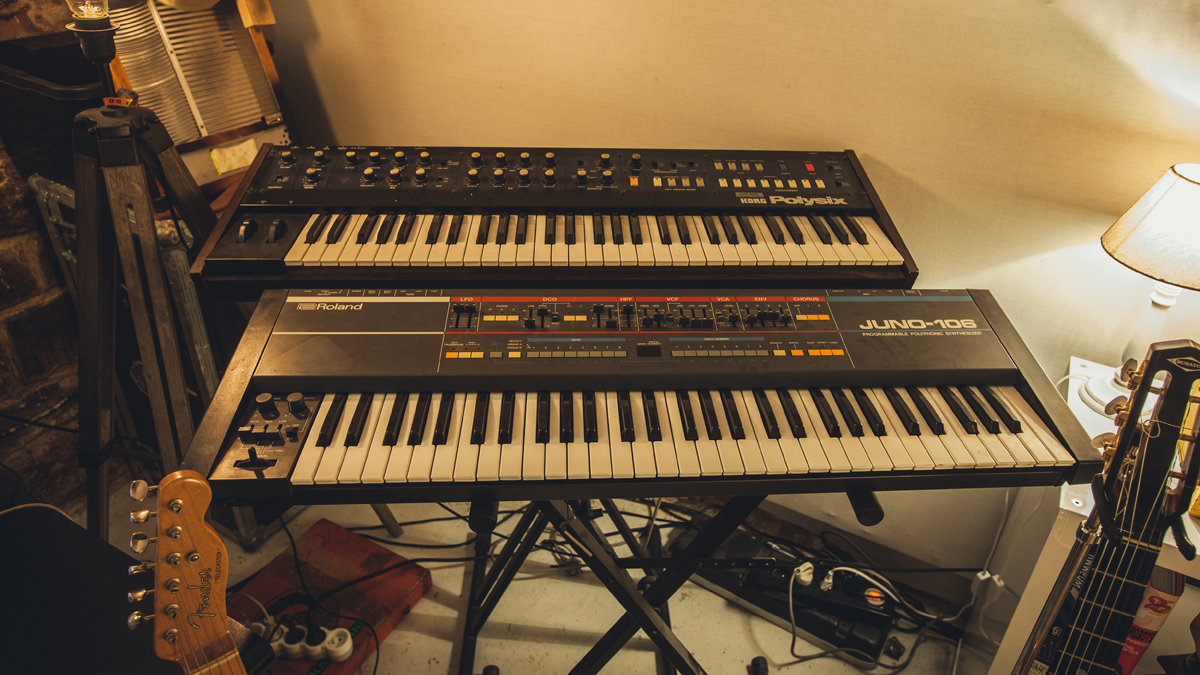
Korg PolySix and Roland Juno-106
HP: “At the moment I need to be surrounded by all those old machines, like the ARP Odyssey and the Korg PolySix, but my favourite is my Memorymoog because I like to put the live mode on it and for me it’s the best polyphonic synthesizer possible.”
For more from Caravan Palace, including news, release info and tour dates head to the Caravan Palace official website.


